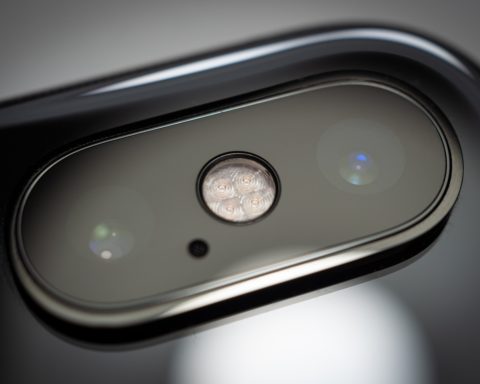Your smartphone is an essential part of your life and contains sensitive information about you. The delicate nature of your phone makes it a prime target for hackers.
In this article, we will explain how to remove a hacker from your phone and how to prevent it from happening in the future.
What is Phone Hacking?
Phone hacking generally involves spyware like applications or websites that steal information such as passwords and credentials from your mobile device.
These hacks take different shapes and forms. For instance, in 2016, over two million Android phones were infected with malware that was using internet bandwidth in a botnet to exploit phones.
Furthermore, 25 million Android users were affected by a malware attack that got onto their phones through the downloading of unofficial WhatsApp applications early this year.
From the examples above, it might seem to some readers that only Android devices are at risk of suffering from phone hacking. This is a popular myth shared online.
iPhones are also at risk of getting hacked even though it hardly happens. This is due to Apple’s strict guidelines for accepting applications on the App Store. Most Android users suffer from phone hacks because they download applications from third-party sources.
How to Identify if Your Phone Has Been Hacked
In most cases, a hacked phone begins to operate slower and runs out of battery quicker. These symptoms, even though synonymous with hacked phones, do not necessarily mean your phone has been hacked. They may also be signs that you have to clean up your storage.
To clarify, you can go through these steps to check and remove a hacker from your phone.
1. Go Through Your Apps
Firstly, go through the applications downloaded on your device to see if there are any applications you don’t recall downloading. If you find any, it is a major red flag that indicates that your phone might be hacked.

Most of these hacks that take this form do not target just one user but the masses, in a way to steal important information from several mobile users. For example, the BankBot malware is a Trojan that displayed a phishing screen on several Android devices to steal banking credentials.
What’s more, some categories of applications are highly known for being compromised. A lot of battery-saver and flashlight applications are frequently used as vessels for attacking Android users. When you suspect that your device is being hacked, check for applications like these as they might be the cause.
If you notice these applications on your phone, you should delete them immediately and find the source application which installed the unidentifiable apps on your device.
In several cases, most users notice a difference in performance after they uninstall these applications.
2. Review Your Phone Bill
Not all phone hacks are tied to mobile applications. In certain instances, these hacks affect the charges you pay to your network carrier.
If you begin to notice that you are sending messages from your phone that you don’t recall sending, it is time to investigate the possibility of a hack.
You have probably been infected by malware that requires your phone to send or receive texts that produce profits for cybercriminals. To prevent your phone from receiving such messages, you must first text “STOP” to the number. Secondly, you should call your network carrier to block the number for you.
You should also check to see if you have downloaded any third-party messaging apps recently. These apps may be the reason why you are sending or receiving such texts.
3. Clicked Links
While surfing the internet, certain pop-up ads or hidden links can open up our mobile phones for an attack. Several free download sites are filled with links that hackers use as gateways to attack your phone.
Likewise, some of these links disguise themselves as anti-virus software alerting you that your phone is hacked and you should take immediate action by clicking the link.
If you remember clicking any link of that sort, you should check it out and delete them.
4. Public WiFi
Public WiFi is another method hackers use to gain access to your mobile device. Based on research by Kaspersky Lab, 1 in 4 open public hotspots are unsecured. In worse case scenarios, some private WiFi networks in public places are traps to gain access to your mobile phone.
If you connect to public WiFi and begin to realize any symptoms described in this article, you should immediately disconnect from the network.
How to Remove A Hacker From Your Phone
If you are still having issues removing a hacker from your phone, then it is time for more drastic solutions.
Here are two steps to take to remove a hacker from your phone.
1. Run A Scan
You will have to download a trusted anti-virus application to run a scan on your device to identify malicious software. On Android devices, it relatively easier to be affected by spyware that can only be detected by ant-virus applications.
iOS devices are mostly protected unless you jailbreak your iPhone. You might not have done this yourself but someone else might have done it for you.
To check if your iPhone is intact or not, you can download applications like Sophos to scan your device.
2. Factory Reset Your Device
If, after running the scan and deleting the malicious files found, you still have problems with your device, you will have to remove a hacker from your phone.
Here is how to perform a factory reset on Android or iOS:
Android: Settings > System > (Advanced) > Reset options > Erase all data
iOS: Settings > General > Reset > Erase All Content and Settings
Moving forward, even if you do not see these symptoms, you should regularly scan through your device. This is to ensure that your phone has not been compromised by a hacker.









